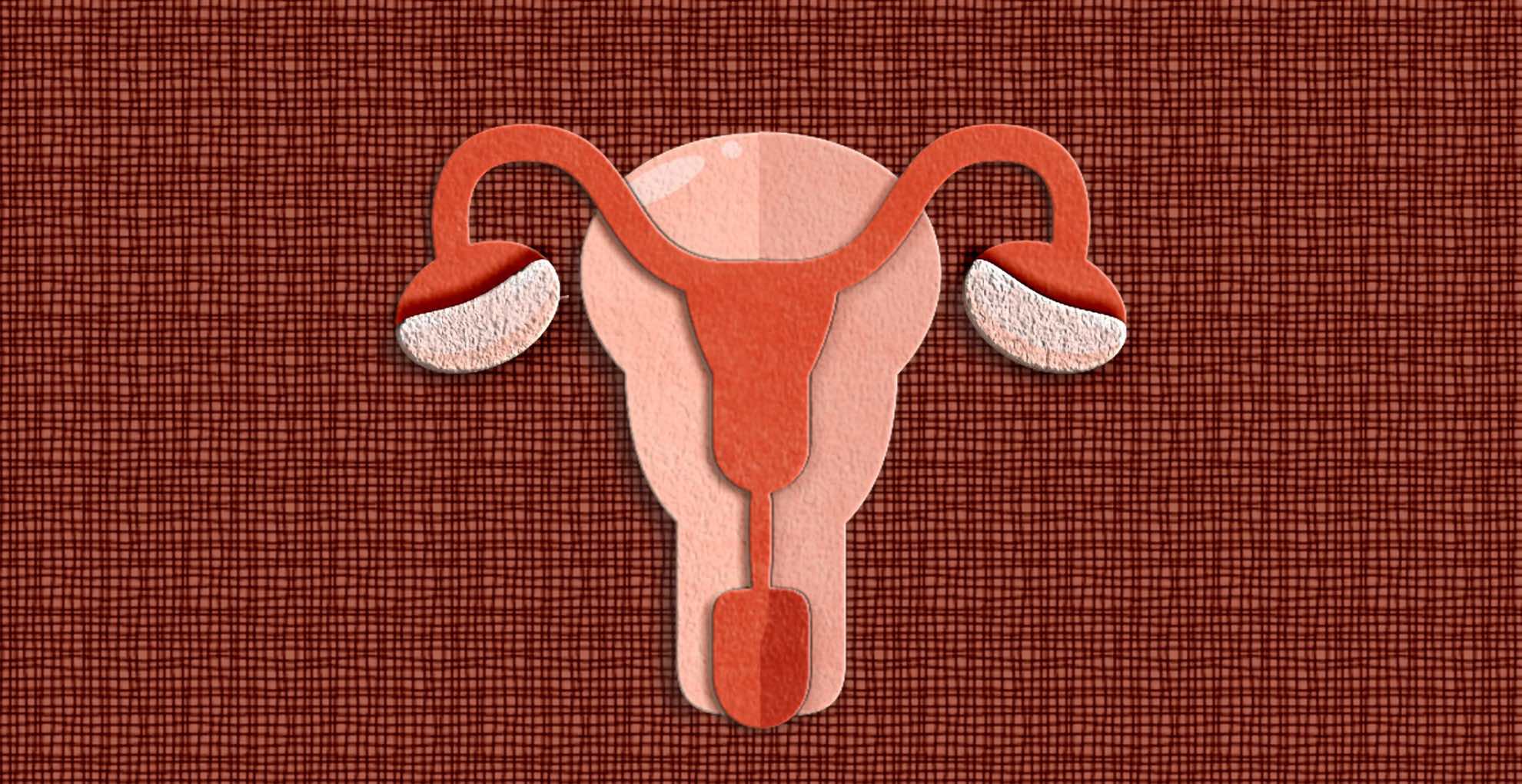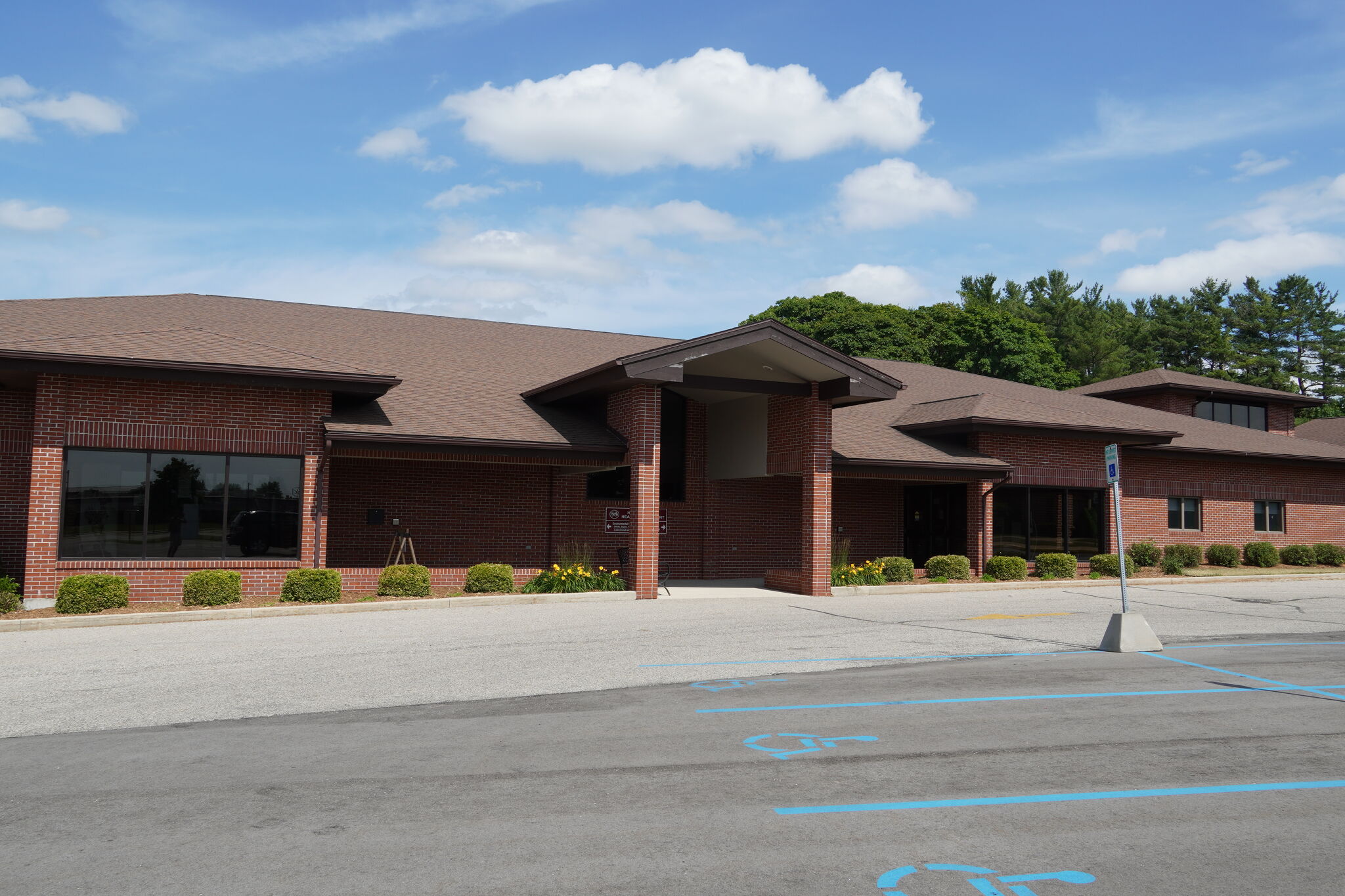[ad_1]
Exclusive: British-Iranian man says he was attacked after protesting against an assault on a teenage girl by security services
This story contains graphic images
A British-Iranian health worker who joined anti-regime street protests in Tehran still has five shotgun pellets lodged in his body after being fired at repeatedly by Iranian security forces at point-blank range.
It is thought the security officers were using shotguns to fire buckshot cartridges containing multiple pellets that then spread through the victim’s body.
The brutality of the assault on the man raises further disturbing questions about the way in which the protests were policed, including the willingness of the security forces to use such buckshot ammunition at close quarters with the intention to kill.
The individual cannot be named for his own safety, but has been interviewed by the Guardian. Two senior British doctors who saw him in hospital confirmed his injuries were consistent with his account.
The man went to Iran last October to visit his family and became involved in the demonstrations. He was attacked at the end of the month after he protested at the way in which the security services were assaulting a teenage girl in Shariati Street, one of the main streets in Tehran.
He says: “I nearly died in the process of treatment and had multiple complications such as [with my] ileum, blood clots or low [blood oxygen] saturation as well as fractures to my ribs. I only survived because fearless people helped me on the scene and brave doctors in Iran who took extreme risks for my survival.”
Multiple pellets were removed in Iran, and a further two removed during painful operations in the UK, but five remain in his body, some so deeply lodged that their removal may endanger vital nerves. According to X-rays undertaken in the UK, these consist of one in his leg, one in his arm and three around his knee. An MRI scan on his knee three months after the assault showed extensive bony contusions. He is still off work and unable to drive.
According to the man, the shooting happened after he started to walk away, unable to help the protesting teenager. He says he was hit by a plainclothes officer wielding a police baton. As he lay on the floor unarmed, and slipping out of consciousness, he says he recalls at least two officers were shooting him with semi-automatic shotguns.
They fired seven rounds of ammunition containing buckshot pellets into different parts of his body including his chest under his left arm, his right leg and back. He claims the police had intended to shoot him in the face but he protected himself by raising his arm, leading to the bullet going into the upper back of his arm. Photos taken hours after the attack show some of the gaping bullet wounds in his body were 2in to 3in wide due to the proximity with which he had been shot. At no point before firing did they issue a warning or ask questions, he says.
Bleeding profusely, one of his main wounds was dressed using a scarf provided by a girl on the demonstration and another one closed by a car-cleaning cloth that he administered himself. He then took a taxi to a family home. The remainder of his wounds were treated for five-and-a-half hours at the home by a team of doctors that he knew from his professional background.
He had decided not to go to the hospital to have the wounds treated, fearing that once his name was on record he would be arrested by the police. Authorities have recently ruled that any patient needs to be registered with a national identity number before treatment. His dual nationality would have exacerbated his predicament and could have led to accusations that he was a British spy, he feared.
In total he was treated for 17.5 hours, and according to one of the doctors that attended him, he came close to death.
He said he left Iran on his passport still not at that point knowing the number of bullets inside his body, and that he had been unable to return to work.
Richard Kuper, an orthopaedic consultant who viewed the injuries in the UK, said in a letter seen by the Guardian: “It does appear that he was assaulted in a way that [shows] the Iranian security services clearly were trying to end his life. It seems they nearly succeeded and if it had not been for the management received by a friend he may well not be here today.”
A second consultant who saw him wrote that the X-rays show he had multiple bullets embedded subcutaneously. “Luckily all the bullets have been around the knee but not on the knee joint itself,” the consultant added.
Now back in the UK, the victim added: “I would regard this treatment of an unarmed and non-violent protester such as myself as equivalent to a war crime. My treatment was really extreme and my best guess is that I am not the only person who has been hit like that, but maybe not every one was lucky enough to survive to report how they have been treated.”
{{topLeft}}
{{bottomLeft}}
{{topRight}}
{{bottomRight}}
{{/ticker}}
{{heading}}
{{#paragraphs}}
{{.}}
{{/paragraphs}}{{highlightedText}}
{{#choiceCards}}{{/choiceCards}}
[ad_2]
Source link

